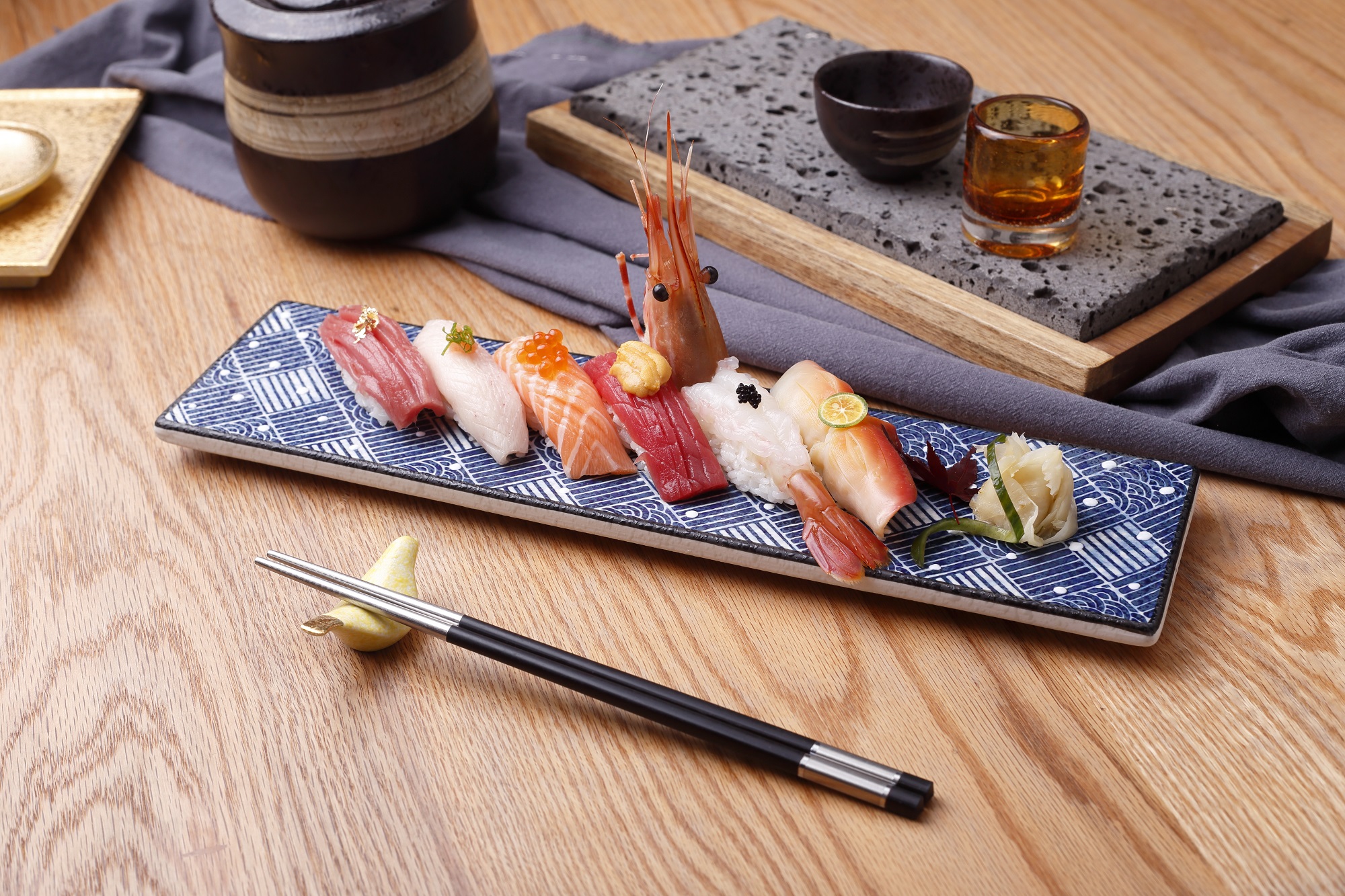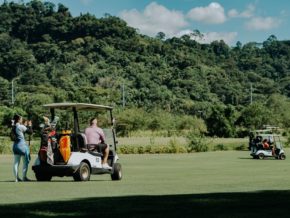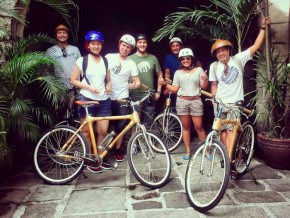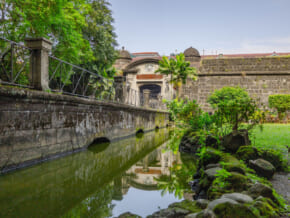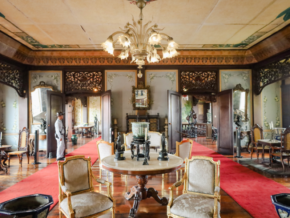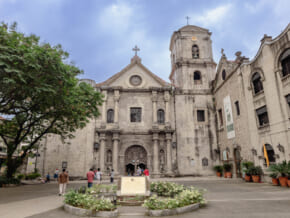JAPAN TRAVEL: The Charm of Fukui Prefecture in the Hokuriku Region
If Tokyo features the latest in everything that Japan has to offer, then Fukui Prefecture can be seen as one of its near-polar opposites. There are no trains that zip past skyscrapers or busy bees that walk past each other along the streets; enter serene fields of green that showcase a lifestyle not unlike what you would see in far-flung provinces in the Philippines.

Fukui prides itself on its simple and quiet lifestyle, building on living harmoniously with nature and the environment. The prefecture is devoid of any of the high-rise shopping malls commonly found in big cities like Tokyo or Osaka, though there are a few in the prefectural capital of Fukui City. The rest of the prefecture prides itself in zen-like environments littered with mountains, rivers, fields, and the sea—perfect for anyone who’s looking for an escape from the city.
Things to do in Fukui Prefecture
Fukui is home to one of the largest dinosaur excavation sites in all of Japan: Katsuyama City. This makes it the perfect home for the Fukui Prefectural Dinosaur Museum, which houses a permanent display of some of Japan’s highly-valued dinosaur fossils. It’s a perfect getaway for all science geeks, especially those with an interest in paleontology.
 Fukui Prefectural Dinosaur Museum in Katsuyama City
Fukui Prefectural Dinosaur Museum in Katsuyama City
Fukui is also home to some of the more relaxing onsens you can find in this side of Japan. If you ever find time for it, an overnight stop in Awara City is well worth the price you’ll pay for staying in one of its many onsens. One of the resorts, Awara Onsen Mimatsu, even has rooms with a private onsen!
Once you’re in Awara City, make sure you drop by one of Fukui’s claims to fame: the picturesque Tojinbo Cliffs. If you fancy yourself as a creative spirit, why not try and swing by the Echizen Lacquerware Cooperative? Have a go at designing your own lacquer-painted masterpiece on the back of a mirror or a coffee tray!
 Tojinbo Cliffs, Fukui’s claim to fame
Tojinbo Cliffs, Fukui’s claim to fame
If you’re looking to sample the best of their local cuisine, make sure you visit Fukui City’s own Hama-machi, a neighborhood whose streets are lined with some of the longest-standing traditional Japanese restaurants you can find, one of which was designed by renowned Japanese architect Kengo Kuma.
Getting to Fukui Prefecture
A trip to Fukui Prefecture is easier than ever with the Hokuriku Arch Pass. You can fly into Tokyo or Osaka and take the Hokuriku Shinkansen from Tokyo Station to Kanazawa, then take the Thunderbird Limited Express Train to Fukui City (a total of about ¥15,750 per person). If you fly into Osaka, you can take the Thunderbird Limited Express Train directly from Osaka Station to Fukui City (about ¥5,830 per person).
From Fukui City, it’s relatively easy to get around, especially if you use the Hokuriku Arch Pass.
Also read: All About the Hokuriku Arch Pass
Official Fukui Tourism Guide: www.fuku-e.com/lang/english/
Written by Andronico Del Rosario
Supported by GCP
This first appeared in Philippine Primer Magazine Vol. 33 – December issue.




